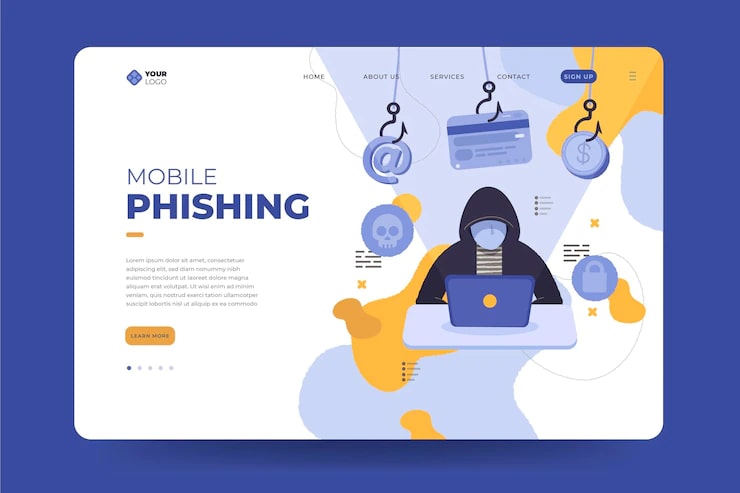The Internet has become a vital part of our lives. People rely on it for communication, commerce, entertainment, and even personal safety. Unfortunately, cybercriminals are constantly finding new ways to exploit vulnerabilities in our networks.
Network security is a complex issue. There are many potential threats out there, from viruses to hackers to malware. In addition to these external threats, internal threats also pose a risk to your company’s data.
What are the top threats to network security today? Let’s find them out.

1. Malware
Malware is short for malicious software. It’s any type of program designed to damage a computer system without authorization.
Malware includes viruses, worms, Trojan horses, spyware, adware, crimeware, and phishing scams.
Malicious programs may appear to perform legitimate tasks, such as playing games or displaying web pages, or they may attempt to steal personal information, delete files, or shut down computers.
These programs are often spread via email attachments, websites, spam messages, and peer-to-peer networks. If you receive an attachment from someone who claims they have a virus, don’t open it! Instead, scan the file using an anti-virus program.
2. Botnets
A botnet is a network of infected devices under the control of a cybercriminal.
A botnet is often created using malware (malicious software) that infects PCs and mobile phones. Once infected, these devices become zombie machines that can be controlled remotely via command-and-control servers.
These servers allow the criminal to send commands to the bots, including sending them instructions to attack other systems. Some of them may include sending out spam emails, launching denial-of-service attacks, stealing personal information, or performing other illegal activities.
3. Denial of Service Attacks
DDoS stands for a distributed denial-of-service attack. Denial of service attacks (DoS) involves flooding a target website with traffic, causing it to crash.
Attackers use DoS attacks to make a site unavailable to its intended users usually to make money, cause trouble, or simply get revenge. In some cases, attackers launch denial-of-service attacks to distract law enforcement while they conduct illegal activities.
4. Ransomware
Ransomware is a type of malicious software that blocks access to data until a ransom is paid.
Ransomware encrypts files and demands payment to decrypt them. Victims have no way to recover their encrypted files unless they pay a ransom.
Hackers sometimes use ransomware to extort money from users. In some cases, hackers may even delete files or lock down systems.
5. Dumpster Diving
Dumpster diving is the practice of searching garbage bins for discarded items.
Hackers sometimes do a dumpster dive to find valuable digital assets, such as credit card numbers, social security numbers, and bank account credentials.
6. Social Engineering
Social engineering is a type of crime where criminals trick people into giving away confidential information.
Criminals might pretend to be someone else online, email a friend pretending to be someone else, call a company posing as a customer, or even visit a business pretending to be interested in buying something.

7. Phishing
Phishing involves sending emails that impersonate trustworthy companies.
When recipients open the email, they download malware onto their computers. These emails usually contain ransomware or a worm that can harvest sensitive or encrypted information from your system.
8. Spam
Spam is an unsolicited email sent to a mass audience.
Most people consider spam annoying, but it can also be dangerous. Spammers try to trick recipients into opening harmful links or downloading malware.
9. Identity Theft
Identity theft happens when someone steals your identity and uses it fraudulently.
Someone might take over your bank account, apply for credit cards, or even commit tax fraud. You could lose everything if you aren’t careful.

Be Vigilant to All Types of Network Security Threats
The above examples are all different types of threats to your network security. But these aren’t all. There are many more. And the attackers come up with a new idea every other day.
So, how can you keep your data safe from all these attacks? The best way is to audit your systems regularly and keep your security framework updated. And you can get these services with our IT security solutions.
Want to know more about our IT services and solutions? Contact us today and get a fair idea of what we can do for your business.

